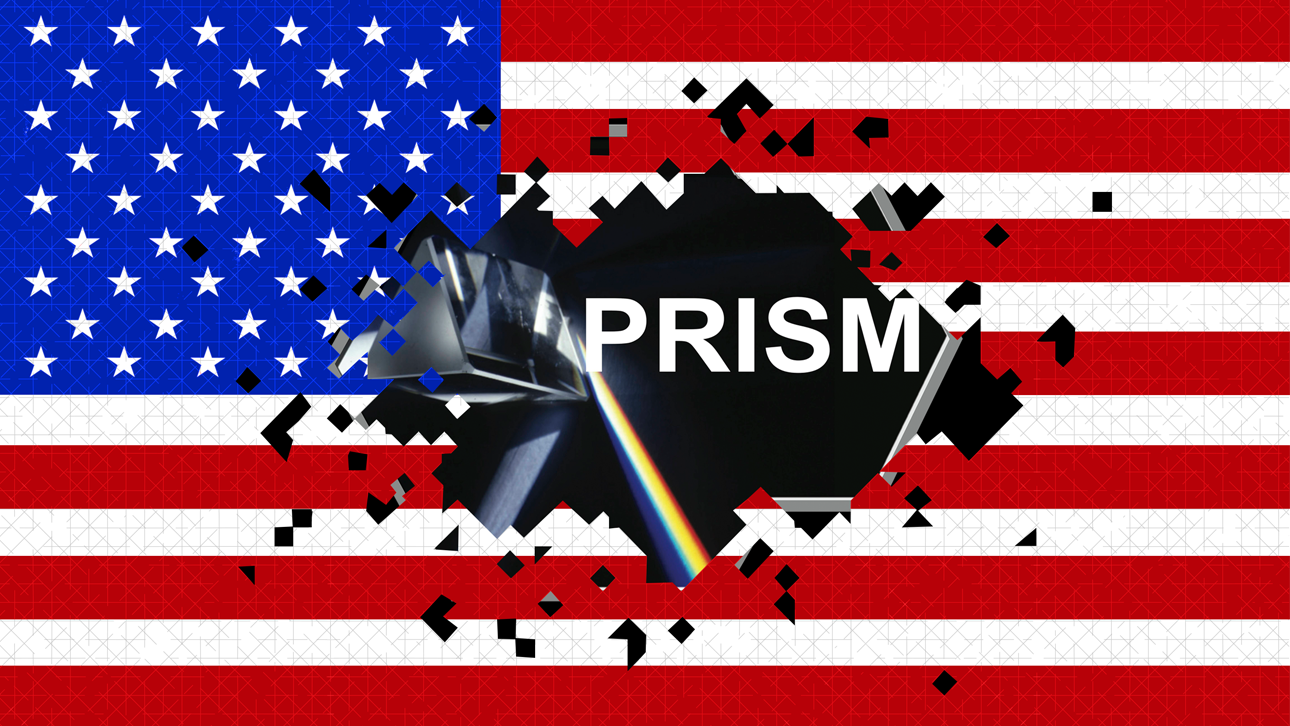In June 2013, former National Security Agency (NSA) contractor Edward Snowden leaked documents about a program called PRISM, claiming it collected users’ data right from the servers of American tech companies, such as Yahoo, Google, and Apple. Those companies immediately fired back, saying there was no knowledge of it and that they did not give the NSA such access. But now, U.S. Federal District Court Judge John Gleeson has just admitted that the infamous PRISM program does, in fact, exist.

Generally speaking, the public accepted that the NSA was not accessing those companies’ servers with PRISM, but rather creating a streamlined legal process to extract information. It was believed the orders were processed in the secret Foreign Intelligence Court and users’ would have to hand over data.
After information on the program was disclosed by Snowden, government reports and court orders referred to PRISM by the legal authority that the NSA claimed permits it: Section 702 of the Foreign Intelligence Surveillance Act. What’s contradicting, however, is that 702 authorizes Upstream collection, which gives the NSA access to raw Internet data – and is not the same thing as PRISM, which is more specifically targeted.
In Judge Gleeson’s ruling, he said:
“In PRISM collection, the government identifies the user accounts it wants to monitor and sends a ‘selector’—a specific communications facility, such as a target’s email address or telephone number—to the relevant communications service provider. A government directive then compels the communications service provider to give it communications sent to or from that selector. This type of surveillance, which intercepts ‘to/from’ communications, can result in the interception of communications with U.S. persons if the target happens to communicate with such a person.”
What brought up the PRISM program again is the case involving Agron Hasbajrami, an Albanian citizen, and Brooklyn resident, who was arrested on September 6, 2011, for traveling to Pakistan to join a militant jihadi group, and wiring it money. He pled guilty, and after the arrest, the government explained to him how he was caught: The NSA used PRISM to investigate a different target, and read Hasbajrami’s when it was connected with that investigation.
“We’ve been arguing in all of these cases that it’s important for the court to look at the specifics of the program at issue,” Andrew Crocker, a lawyer with the Electronic Frontier Foundation, which has advised Hasbajrami and others charged with evidence obtained through NSA programs, said. The lawyers are arguing that those accused didn’t receive a reasonable expectation of privacy, and Hasbajrami has already filed his notice of appeal.
Source: Vocativ
Advertisement
Learn more about Electronic Products Magazine





